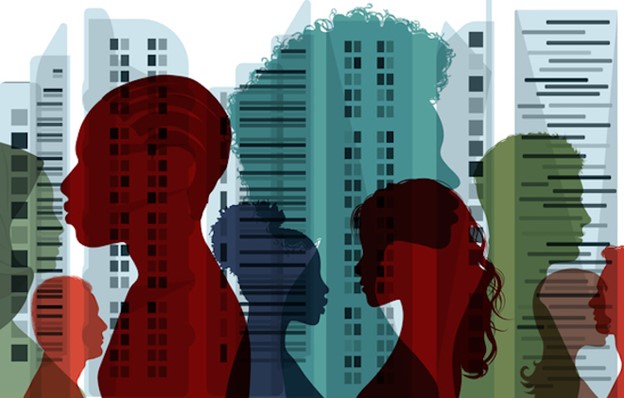What the Affirmative Action Ban Means for Law Schools
Last Thursday, the Supreme Court banned affirmative action at both public and private colleges and universities.
But the experience of two highly selective public U.S. law schools offers a glimpse into how other schools could potentially admit diverse students in a time when race-conscious admissions has been ruled unconstitutional, Reuters reports.
Both the University of Michigan Law School and the University of California’s Berkeley School of Law saw a steep decline in the enrollment of Black, Hispanic and Native American first-year students after both states banned affirmative action in public university admissions. But over time, both schools implemented strategies, such as pipeline programs, to boost the percentages of minority student enrollment.
At Berkeley Law, the total percentage of Black, Hispanic and Native American first-year students fell from 19% in 1996 to less than 6% in 1997—just one year after California banned affirmative action. At Michigan Law, first-year classes dropped from 17% in 2005 to 9% by 2008.
“It really dealt us a powerful blow,” Sarah Zearfoss, Michigan Law’s senior assistant dean says. “The story of these intervening 16 years has been slowly, slowly trying to come back to where we were before we had to go race blind.”
STRATEGIES TO IMPROVE DIVERSITY
Both Berkeley Law and Michigan Law implemented strategies aimed to increase their student body diversity. Those strategies range from pipeline programs that expose college students to legal professions, as well as considering factors such as family income and first-generation college attendance when evaluating applicants.
At Michigan Law, the percentage of minority applicants this year now stands at more than 46%, up from 44% the previous year, according to the latest figures from the Law School Admission Council.
The enrollment of Asian American students remained steady during the initial period both prior to and following the implementation of affirmative action bans. Berkeley Law reported a 14% enrollment rate, while Michigan Law reported a 13% enrollment rate. However, the most recent figures indicate an increase, with Berkeley Law now having a 20% enrollment rate and Michigan Law reporting a 15% enrollment rate for Asian American students.
DIVERSITY OF LEGAL PROFESSION AT RISK
The legal profession is significantly less diverse than the U.S. population. Only 19% of the country’s lawyers are people of color, compared with 40% of the overall U.S. population.
Experts fear that the Supreme Court’s ban of affirmative action will only make matters worse in terms of diversity.
“If the undergraduate population becomes very white, that’s the only thing we have to work with,” Michigan’s Zearfoss says.
Sources: Reuters, Economic Policy Institute
Next Page: How to improve your LSAT score


Questions about this article? Email us or leave a comment below.